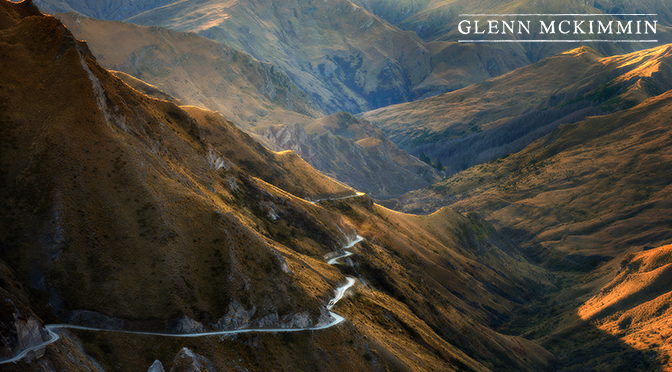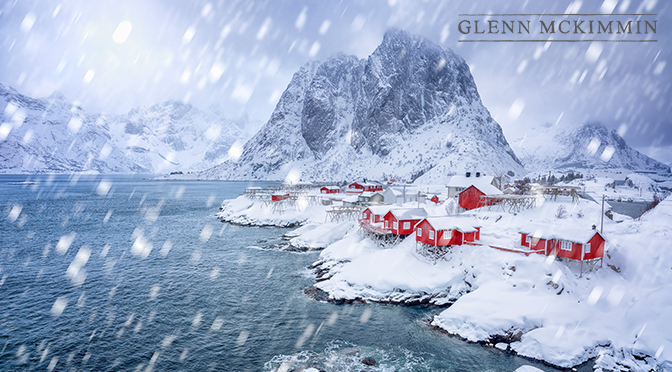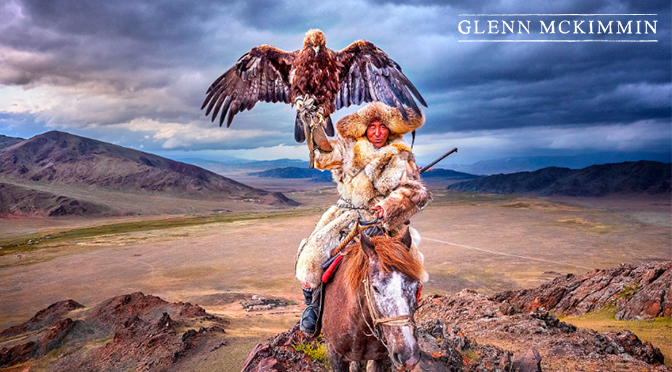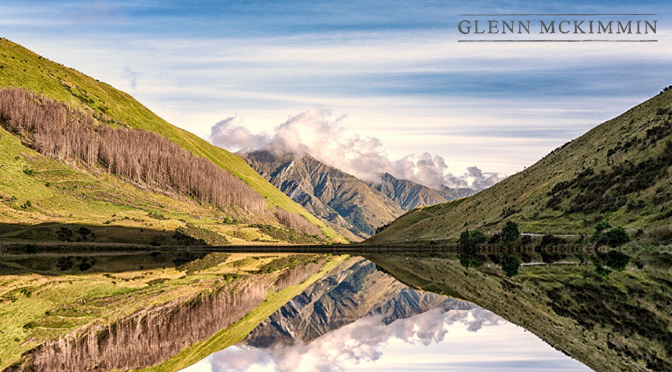Landscape photography offers countless opportunities for photographers looking to push their creative capabilities.
When facing a vast landscape, a lot goes into thinking about what kind of image we want to produce. The result of the photograph depends on a broad range of external factors. Such as environment, weather, lighting, alongside the gear and experience of the photographer.
While there’s no one-fits-all approach to landscape photography, below I share my thoughts on techniques to consider when venturing out on your next landscape shoot.
A game of lights
Lighting is one of the greatest gifts nature can offer photographers. When exploring different environments, natural lighting can generate authentic brightness and contrasts on a large scale. Something that cannot be achieved through artificial lighting.
However, natural lighting can also present photographers with challenges. Before visiting anywhere, photographers should take the time to check weather forecasts, as this will determine the lighting pattern and final look of the photograph.
Lighting inevitably changes frequently throughout the day, month and year. So it’s also critical to plan your shoot to ensure you capture an image in the lighting that best fits the specific style of photograph you are looking to achieve.
The golden hour, which is the period of daytime shortly after sunrise or before sunset, is my preferred time to photograph landscapes. During this time, the sky is tinged with pastel colours that provide warmth to the shot. The light is also softer, giving photographers greater control over their camera’s exposure and ISO level.
However, using such a short period of the day to nail the perfect shot is by no means an easy task, and so it’s important to focus on quality rather than quantity. Golden-hour photography requires patience and sometimes longer exposure times. To get high-quality results, it is best to invest in a tripod that can hold the camera still, while allowing you to adjust settings to the natural lighting easily.

The framework – how much to include?
Someone once told me, landscape photography isn’t a test on what you put into the frame, it’s what you leave out.
The idea of subtraction directly challenges our desire to “have it all”. When the sky, hills, plantation, lake and herd of sheep encompass the scenery, it can be easy to make the assumption that we should try and pull all these elements into the one shot.
Often when attempting to combine many objects into a shot it becomes too busy and takes away from achieving one key point of focus. There is power in image conciseness and stripping back the objects involved. By doing this, photographers can hone in on a select number of powerful elements and construct an impressive photo around them.
When it comes to landscape photography, photos are often ‘layered’. We can see in the shot below of Skippers Canyon in New Zealand that the sky, clouds and mountains are each an individual ‘layer’.
The closer the layer, the darker and more detailed the object becomes. At an aerial standpoint, I was able to capture objects from far away, creating a photo that depicts the mountains’ vastness and grandiosity.

What about the colour?
There is no right or wrong approach when it comes to the colours of your shot. While one person may prefer vibrancy, others may favour a Morandi palette. Colours are a very personal preference and can take whatever form the photographer wishes.
For those photographers seeking to monetise their work, it’s important to take a look at broader photography and cultural trends.
Think of where you want our photography to appear – is it in home decor? Or on a postcard? Or as part of a business profile? Research the relevant industry and observe the trends on colour, incorporating these into your shots.

The film mentality
Ultimately, there is no perfect solution for taking landscape photography. I encourage every photographer to be creative when shooting different environments.
The natural environment itself is a result of unarranged seasonal and geographical transitions. It therefore provides infinite possibilities to be creative.
In the digital camera age, we see an overuse of avant-garde filters and software like PhotoShop. They help us reach our goal – a perfect image – much faster, but also nurture a culture of ‘fixing’ that digital users find themselves hard to escape from. Gone are the days of film, when each photograph was imperfectly perfect, representing a compression of money, time, research and the genuine desire to capture the moment.

Before we pick up our camera and set foot on the next destination, let’s remind ourselves that photography is art. To bring out the best of art, we must shoot with a ‘film mentality.’












